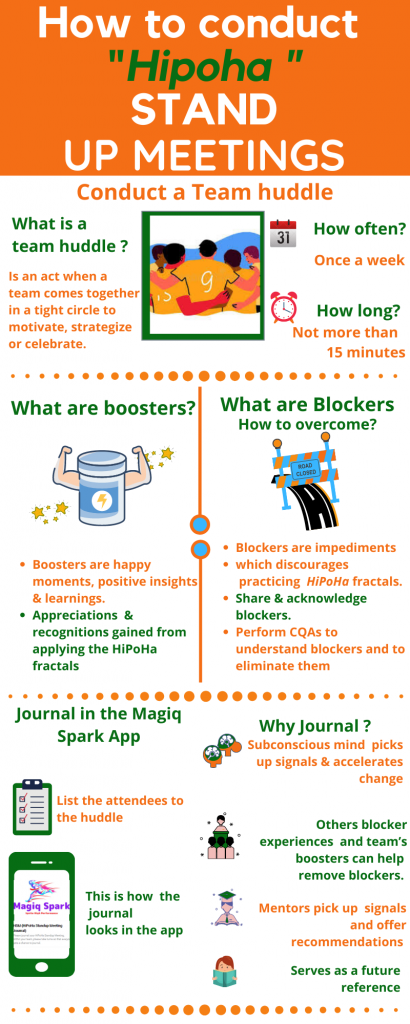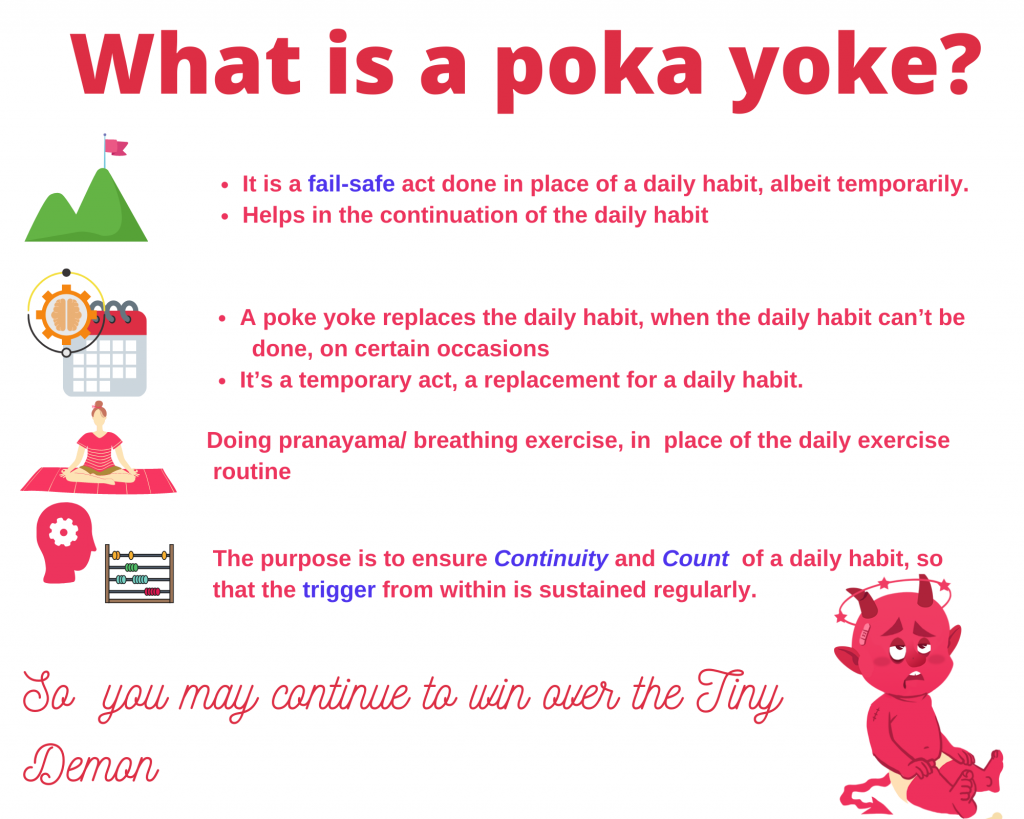Why is Tiny Trust needed to make a change or innovation happen
Category: Fractals
The Fractals that we teach at Tiny Magiq
Digital Dipstick and the 5As is a technique we have developed for spotting digital transformation opportunities. In this video, we cover the fourth of the 5As – the Asocial Antifractal.
6th edition of the TMTX Digital Transformation newsletter. Today I cover 2 of my favourite zen stories – headlights and monks & combs. I have connected the first one to digital transformation. I have left the second one as a puzzle to solve – how does the 2nd story of monks and combs connect to digital transformation. Please chime away in the comments section

Digital Dipstick and the 5As is a technique we have developed for spotting digital transformation opportunities. In this video, we cover the third of the 5As – the Anomaly fractal.
What is a Poka Yoke?


What is “Plussing”?
Short Summary
What is “Plussing”?
Making an idea or more broadly, making something better is “Plussing“.
When an idea is presented in a person-to-person conversation or in a group, the human brain immediately find flaws or weaknesses in that idea. And when those flaws are pointed out, the proponent of the idea gets severely demoralised and the creative process gets derailed. This is usually called “Giving feedback“. The “Sandwich Method” that we typically use to give feedback does not work as well, because everyone knows that after a compliment a criticism in coming. ?? Due to this most feedback sessions end up with negative emotions for the recipients.
How to “Plus”?
Instead of giving a generic piece of feedback to the presenter, we should spot one or at most 2 flaws in an idea, apply our own experience/expertise to figure out how to make it better or what could be done to strengthen that idea, and suggest those as improvements. For e.g instead of saying “That won’t work it is too expensive” we can “Plus ” it by saying “Instead of hiring a full-time employee, can we sub-contract a part of this work?”
This concept of Plussing can be applied in many contexts – when reviewing projects, presentations, ideas, stories, performance review discussions. In other words, whenever we are in a context where we have to give our reactions, we can use Plussing.
We, in Tiny Magiq, have been teaching Plussing to our mentees for over 5 years and it creates behavior transformation much more effectively than any other feedback technique.
What do I do if can’t Plus the idea? It is simple “SHUT UP” or do a CQA around the idea.
A longer version
Transforming Criticizers into Creators – Extracted from a superb blog post by Daniel Gogek
The criticism at meetings like these can be brutal, and this is where Plussing has played a game-changing role at Pixar. Rather than randomly critique a sketch or shoot down an idea, the general guideline is that you may only criticize an idea if you also add a constructive suggestion. Hence the name plussing.
Suppose for example a team were now working on Toy Story 4. They’re reviewing a draft scene where Woody is the main character in an action scene. One animator has just created the scene. Instead of a colleague giving feedback like, “but that’s all wrong! … Woody shouldn’t look like that here …” , the practice is to say something like: “okay … what if you now make Woody’s expression here even more … ”.
To achieve this kind of positive practice, Plussing can be summarized as three basic rules:
Rule 1: ‘Accept All Offers’
In a Word: Listen!
Rule 2: ‘Make Your Partner Look Good’
Rule 3: Structure the Debate
If you create a practice of Plussing, dialogue becomes more like a structured debate that’s both serious and yet constructive. The goal is to critically review existing work, often rigorously, and to generate new ideas that build further and create something better.
Kumaran – Give a quick overview of story stelling specifically for architects. Why? How can a story be told in 2-3 mins? Storifying the data https://youtu.be/7ioHnNTE-LM
Deepak – How can you build “What’s In it For Me” is the Zeitgeist, the architect needs to leverage storytelling to make that happen. How to tap feeling to make a good story? https://youtu.be/7ioHnNTE-LM?t=323
Nishanth – Share his insights on challenges an architect or a technologist faces when presenting to the audience. How can we talk about EBITA/Profitability to a fresher? https://youtu.be/7ioHnNTE-LM?t=893
